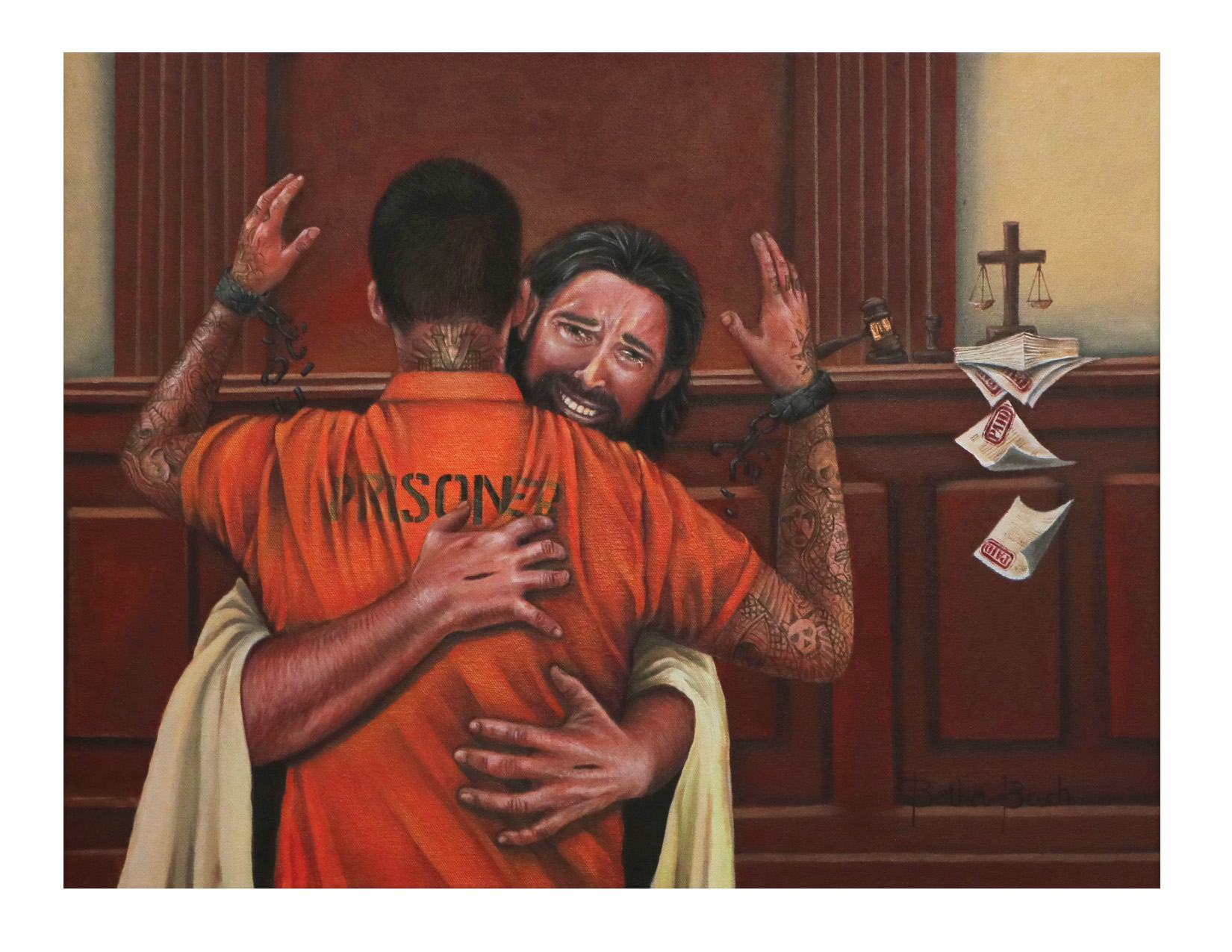Title
“Creating Christ-Centered Art Compositions: A Guide to Amazing Paintings”
By Betha Bach

Qoutes
"Creating Christ-centered art is a divine calling, where each brushstroke is an act of worship and every canvas a testament to God's grace. Through your art, let His love shine brightly, inspiring and uplifting others, and turning each piece into a powerful expression of faith and devotion."
Creating art that is centered on Christ involves more than just technical skill; it requires a heart and mind attuned to divine inspiration and a desire to convey spiritual truths through your work. Here’s a detailed guide to help you create amazing Christ-centered paintings.
- Seek Spiritual Inspiration
- Prayer and Contemplation: Begin with prayer and reflection, seeking God’s guidance and inspiration for your artwork. Spend time in His presence, asking for wisdom and creativity.
- Bible Study: Read and study the Bible, focusing on passages that inspire you. Reflect on stories, parables, and teachings of Christ that resonate with you.
- Worship Music: Listen to worship music to set a spiritual atmosphere. Let the lyrics and melodies inspire your heart and mind.
- Conceptualize Your Idea
- Divine Themes: Choose themes that reflect Christ’s love, sacrifice, teachings, and miracles. Consider portraying biblical scenes, parables, or abstract concepts like grace, salvation, and redemption.
- Message: Decide on the message you want to convey. What do you want viewers to feel or understand about Christ through your painting?
- Sketch: Create preliminary sketches to visualize your ideas. Think about how you can incorporate symbolic elements that reflect Christian beliefs.
- Gather Materials
- Canvas: Choose a canvas size that suits your concept. Large canvases can make a bold statement, while smaller ones can be more intimate.
- Paints: Select your preferred painting medium (oil, acrylic, watercolor) and gather the necessary colors. Consider using a palette that evokes the spiritual theme of your work.
- Brushes: Have a variety of brushes for different techniques. Use flat brushes for broad strokes and round brushes for fine details.
- Other Tools: Get additional tools like palette knives, sponges, and rags for textural effects.
- Prepare Your Workspace
- Spiritual Environment: Create a workspace that inspires you spiritually. Surround yourself with scripture verses, Christian artwork, and symbols of your faith. I always play my instrumental playlist that help creates a calm and peaceful atmosphere.
- Lighting and Ventilation: Ensure your workspace is well-lit and ventilated, providing a comfortable environment for creating.
- Prepare Your Canvas
- Priming: Prime your canvas with gesso to create a smooth surface. This step is essential for ensuring your paint adheres well.
- Toning: Consider applying a base color to tone your canvas. A warm tone can add depth to your painting and enhance the overall mood.
- Start with an Underpainting
- Sketch: Lightly sketch your composition on the canvas with a pencil or thin paint. This initial sketch helps you plan the layout.
- Blocking In: Begin by blocking in the main shapes and areas of color. Use thinned-down paint to establish the basic structure of your painting.
- Build Up Layers
- Background: Start with the background elements, setting the scene for your composition. This can include landscapes, skies, or abstract backgrounds that symbolize heaven or divine light.
- Midtones: Add midtones to define the forms and create depth. This is where you start bringing your subjects to life.
- Details: Gradually add finer details. Focus on key elements like the expression of Christ, the details of biblical scenes, and symbolic elements such as the cross or a crown of thorns.
- Focus on Composition and Balance
- Rule of Thirds: Use the rule of thirds to create a balanced and interesting composition. Place important elements like Christ’s figure at the intersection points to draw attention.
- Focal Point: Ensure there is a clear focal point, such as Christ’s face or a significant action. This will naturally draw the viewer’s eye.
- Refine and Detail
- Edges: Pay attention to the edges of objects. Use soft edges to create a sense of light and divine presence, and sharp edges for clarity and focus.
- Textures: Add textures to enhance realism and interest. Use various techniques to depict different materials and surfaces, like the roughness of wood or the softness of fabric.
- Highlights and Shadows: Enhance highlights and shadows to add depth and dimension. Consider how divine light would illuminate your subjects.
- Step Back and Evaluate
- Perspective: Frequently step back to view your painting from a distance. This helps you see the overall composition and make necessary adjustments.
- Feedback: Seek feedback from fellow Christian artists or mentors. They can provide valuable insights and help you refine your work.
- Final Touches
- Adjustments: Make any final adjustments to colors, values, and details. Ensure that your painting conveys the intended spiritual message.
- Sign: Sign your artwork in a discreet but visible area. Your signature is a mark of your devotion and craftsmanship.
- Protect Your Artwork
- Varnishing: Once your painting is completely dry, apply a varnish to protect the surface and enhance colors. This step ensures your work is preserved for years to come.
- Presentation
- Framing: Choose a frame that complements your painting and enhances its spiritual theme. A well-chosen frame can make a significant impact.
- Display: Display your painting in a place where it can inspire and uplift others. Consider donating your work to churches or Christian organizations.

Tips for Success
- Prayer: Continually seek God’s guidance throughout your artistic process. Let your work be an act of worship and devotion.
- Patience: Take your time and don’t rush the process. Creating a masterpiece requires patience and dedication. Enjoy your time with the Holy Spirit’s presence.
- Practice: Continuously practice and refine your techniques. The more you paint, the more your skills and understanding will grow.
- Feedback: Seek feedback from other Christian artists or mentors. Constructive criticism can help you improve and see your work from a different perspective.
Creating Christ-centered art is a profound and fulfilling endeavor. It’s an opportunity to share your faith and touch the hearts of others through your creative expression. Remember, every stroke is a testament to your devotion and love for Christ. Let your art be a reflection of His light and glory.
Own a Piece of Inspired Art!
Feeling inspired by my blog? Now you can bring these pieces of faith and creativity into your own home! Explore my collection of prints and original paintings, each crafted from a place of deep worship and designed to uplift your spirit.
art collective





